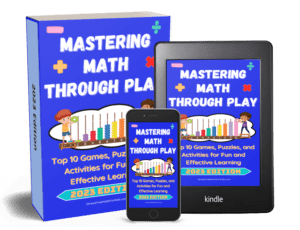One of my favorite activities for spatially gifted students who need a challenge is the Soma Cube. The Soma Cube is a puzzle consisting of seven pieces made from unit cubes. As wikipedia explains, these represent all possible combinations of three or four unit cubes, joined at their faces, so that at least one inside corner is formed. The object of the puzzle is to form a large solid cube from these seven pieces. This is fantastic for developing students’ spatial reasoning and logical thinking skills as well as their persistence and problem solving.
While there are 240 possible solutions, making it seem like an easy task, it is actually quite challenging. Even my very spatially gifted students struggled with figuring out their first solution. However, they stuck with it and were so excited when they finally solved it. I have used this as a growth mindset activity with individual tutoring students. It also makes a great independent activity for students. Once they figure out one way to build the cube tyou can encourage them to find other ways to build the cube.

Options for Buying Soma Cubes
I have and love the Think Fun Block by Block set (blocks in the above picture). This comes with a drawstring carrying bag and 60 challenge cards illustrating different 3D structures to build with the cubes. You can also challenge students to make their own designs and then draw challenge cards for other students.

If you don’t want the challenge cards you can also buy wooden soma cubes- here is an option from Amazon.
Or, if you happen to have woodworking skills you can make your own using these instructions from Instructables.
History of the Soma Cube
The Soma Cube was invented in 1936 by the Danish poet, philosopher, mathematician and scientist Piet Hein. He came up with the idea while attending a lecture on quantum mechanics and tested his idea by gluing 27 dice together. Interestingly, Mr. Hein did not begin with a cube, and deconstruct it to form the puzzle. He visualized the pieces first, then considered whether they would form a cube. Martin Gardner wrote an analysis for the Scientific American’s Mathematical Games column in 1958 and the cubes gained popularity with teachers and psychologists. Parker Brothers released the first commercial version in 1969. For more details see The Official History of SOMA.
For More
Brainteasing mechanical puzzles (including a version of Soma) using Legos
For more independent activities for gifted/talented students see my post Independent Math Activities for GT Students



